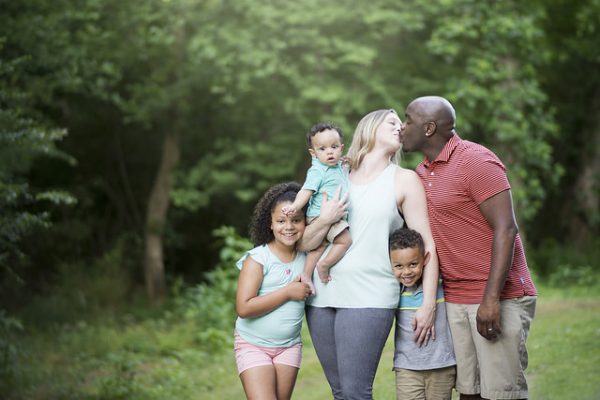
Church bells ring in England, as the country prepares for the royal wedding between Prince Harry and American actress Meghan Markle next spring. While royal weddings have long stirred excitement among local and foreign regions alike, commentators have been quick to speculate how Markle’s identity as a biracial woman – African American mother and white American father – might shape the future of the British monarchy. The speculation surrounding Markle’s racial identity highlights the complexities of being multiracial in an increasingly diverse, yet still discriminatory, global world. Sociological studies can help us better appreciate how mixed-race individuals navigate the societal perceptions of their identities.
The recognition and visibility of mixed-race individuals and identities has grown in recent decades, yet the histories, meanings, and responses to mixed racial identities vary considerably within and across international contexts. While the U.S. primarily emphasizes “bi-racial” as rooted in a white and nonwhite racial system, in Latin America, mixed-race identities fall within a more flexible “tri-racial”system. For instance, individuals from Brazil and the Caribbean trace their mixed-race origins back to colonial conquest centuries ago, and thus mixed-race people have been considered a central part of the national identity in these locations. Understanding these differences further our understandings of how race is socially constructed.
- Eduardo Bonilla-Silva. 2006. “From Bi-Racial to Tri-Racial: Towards a New System of Racial Stratification in the USA.” Ethnic and Racial Studies 27(6): 931-950.
- Rebecca C. King-O’Riain, Stephen Small, Minelle Mahtani, Miri Song, and Paul Spickard, eds. 2014. Global Mixed-Race. New York: New York University Press.
While some mixed-race people embrace a multiracial identity, others use strategies to appear as monoracial. For black-white biracial individuals, this means attempting to appear as either white or black. Individuals in one U.S. study reported tanning, combing their hair, speaking, and dressing in a certain way to appear as more white or black depending upon the potential social gains in any given context. Nevertheless, as we might expect from the experiences of other people of color, mixed-race individuals often face mistreatment from whites and non-whites alike for their appearance. Biracial women, for example, report receiving frequent mistreatment from non-biracial black women, who often accuse them of thinking they are “all that” because of their light skin and hair texture.
- Kerry Ann Rockquemore. 2002. “Negotiating the Color Line: The Gendered Process of Racial Identity Construction among Black/White Biracial Women.” Gender & Society 16(4): 485-503.
- Nikki Khanna and Cathryn Johnson. 2010. “Passing as Black: Racial Identity Work among Biracial Americans.” Social Psychology Quarterly 73(4): 380-397.
In some contexts, multiracial individuals are preferred above whites. And dating is no exception. Within romantic relationships, sexual and dating partners tend to exoticize biracial individuals. For some, perceived racial ambiguity makes biracial individuals ideal for casual sexual encounters, while others are sought after because their partners believe they will make beautiful babies. One recent study suggested that mixed-race women may be more likely to self-identify as “multiracial” than mixed-race men because the multiracial identity is more associated with traditional perceptions of feminine beauty. Despite individual and systemic preferences for biracial people, this preference often comes at a cost of commodifying their bodies, and many cannot escape discrimination that have historically oppressed people of color.
- Chandra Waring. 2013. “‘They See Me as Exotic…. That Intrigues Them:’ Gender, Sexuality and the Racially Ambiguous Body.” Race, Gender & Class 20(3/4): 299–317.
- Shantel Gabrieal Buggs. 2017. “Does (Mixed-)Race Matter? The Role of Race in Interracial Sex, Dating, and Marriage.” Sociology Compass 11(11): 1-13.
- Celeste Vaughan Curington, Ken-Hou Lin, and Jennifer Hickes Lundquist. 2015. “Positioning Multiraciality in Cyberspace: Treatment of Multiracial Daters in an Online Dating Website.” American Sociological Review 80(4): 764-788.
- Lauren D. Davenport. 2016. “The Role of Gender, Class, and Religion in Biracial Americans’ Racial Labeling Decisions.” American Sociological Review 81(1): 57-84.

Comments